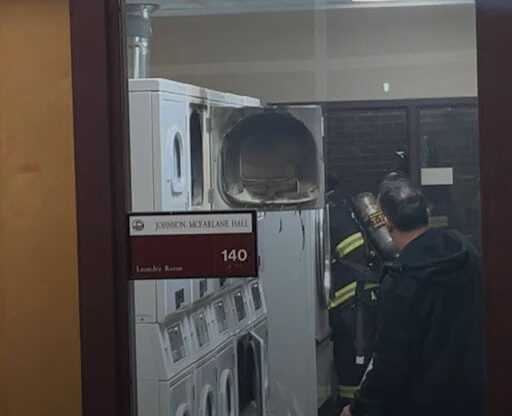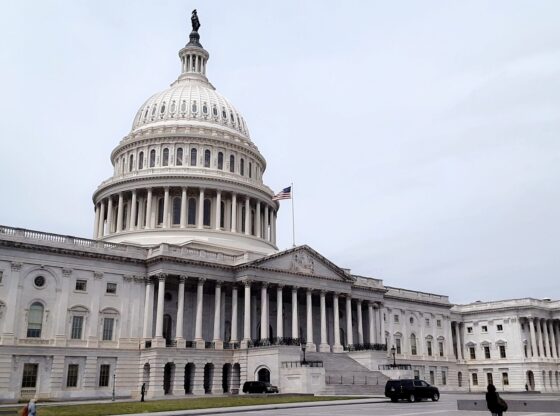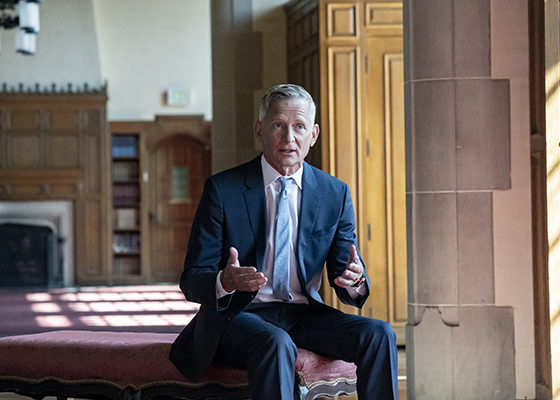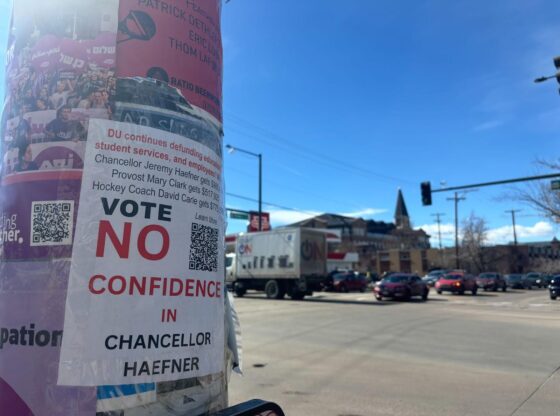“As a Japanese American, I am so angry at how little this country learns from its history,” ACLU lawyer Carl Takei tweeted in June in response to a report that came out that tent cities were being considered as a means to house migrant children. “This is a moral horror.”
In September, his ominous predictions would come to fruition when The New York Times broke a piece on a tent city that had opened in Tornillo, Texas and that migrant children were being “roused in the middle of the night” to be moved there “under a cover of darkness.”
This past April, President Donald Trump’s administration adopted a “no-tolerance” policy towards illegal immigration. It has been in effect since then, and for the children who have arrived and continue to arrive at the border alone every day, it has been a long, drawn-out process with the government as they try to find sponsors that will house them.
“There’s not a greater number of kids going into the system [than before],” remarked Jennifer Podkull, the director of policy for Kids in Need of Defense (KIND), to the Huffington Post, continuing, “[There’s] a bottleneck to them leaving.”
The government has started to request proof of legal status in order for family members to sponsor the children who crossed, an unprecedented practice that has put a considerable number of people attempting to help the children and take them out of the facilities in custody.
As a result, immigration officials are approaching closer and closer to capacity, and the emergency tent city that was once meant to hold just under 400 is now home to almost 4,000.
For many such as Carl Takei, the images that have come from this tent city are eerily resonant of those that were born out of a darker time in American history: the Japanese internment camps in the 1940s.
Meant for temporary housing, the tent city is not subject to regulations in the same manner that the facilities the children were once in are. There is no direct schooling, and there is limited access to mental and physical health care despite research on the damaging impact these environments can have on young children.
In a letter to Trump’s administration, Texas congressman Joaquin Castro voiced these concerns and raised other relevant questions.
“I inspected the Tornillo tent camps in June and can attest that it is no place for a child to live,” Castro wrote, continuing, “It is up to the government to ensure the safety of these children.”
While the Japanese internment camps occurred on a larger and more drastic scale, both were actions motivated by an “othering” of different races that allowed, and have allowed, us to justify treatment that would have not been tolerated had the victims been seen as American. Both were rushed moves that gave groups little to no advance warning to say their goodbyes, and both gave those in custody no solace in when or how they would be released.
When this alienation occurs and we adopt an “us” versus “them” mentality, we lose our sense of human decency.
“The longer that children remain in custody, the more likely they are to become anxious or depressed, which can lead to violent outbursts or escape attempts,” Caitlin Dickerson wrote in the New York Times article.
There is blatant shame in what America has created of its immigration system—how we’ve reduced it to what children interpret as punishment for seeking asylum—so every week, the children are brought to the tent city in the dark.
“If [the kids] get sad, it’s like a quiet thing,” an employee told The New York Times in June.“You’ll see them sit on the floor and just kind of wrap their arms around themselves.”











